The smart glasses market is heating up: Last month, Baidu launched the Xiaodu AI Glasses, and major companies like Samsung, Xiaomi, and Apple are also making waves in this field.
Pioneering this sector, XREAL has introduced significant products today: the XREAL One and XREAL One Pro, hailed as the “biggest upgrade to XREAL AR glasses.”

Powered by Proprietary Chip
The standout feature of the XREAL One series glasses is the integration of XREAL’s latest proprietary spatial computing chip, the X1, enabling independent “3DoF” hovering capability. These are the world’s first consumer-grade AR glasses to natively support this function.
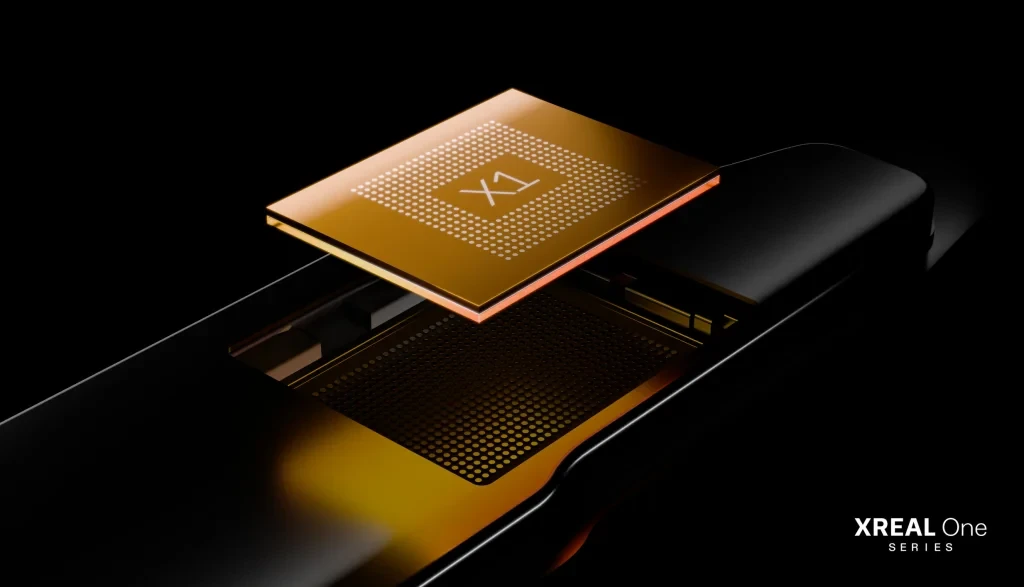
In simple terms, “3DoF hovering capability” means that when users wear the XREAL One series glasses, the displayed window “hovers” in a fixed position in space, not moving with the user’s head movements. This results in a more stable and natural display that doesn’t continuously obstruct the user’s view.
According to the official preview video, the 3DoF hovering capability of the XREAL One is very stable. Even when subjected to vibrations or shaking, the projected display remains stationary.

Previously, the XREAL Air 2 glasses required connection to external computing accessories like the XREAL Beam Pro to achieve 3DoF hovering and other spatial functions. However, the XREAL One has these features built-in, without significantly increasing the glasses’ size or weight.
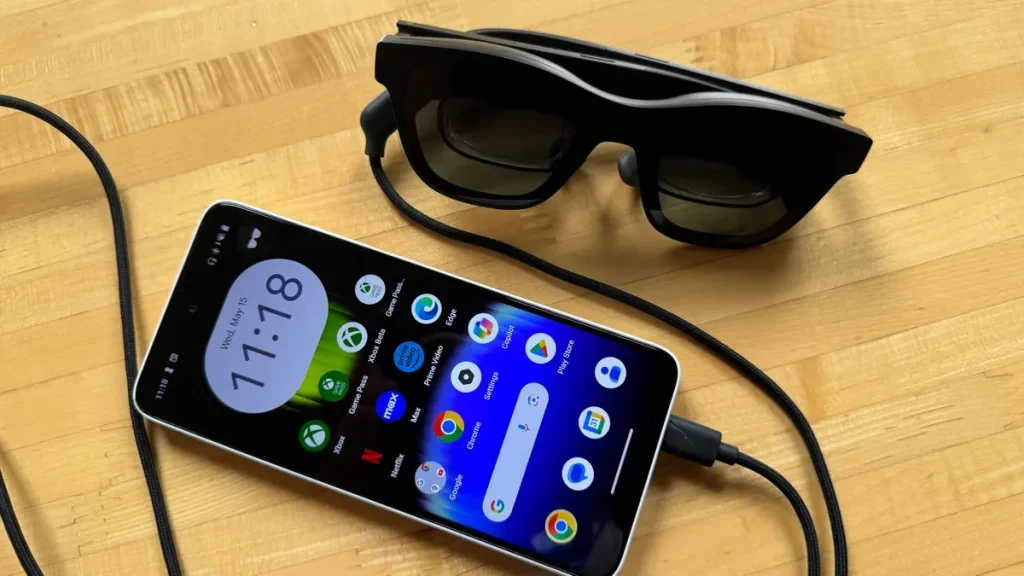
XREAL One has introduced a “32:9” ultra-wide display in 3DoF mode, compatible with various devices like phones and laptops, allowing users to multitask with ease while wearing the glasses anywhere.
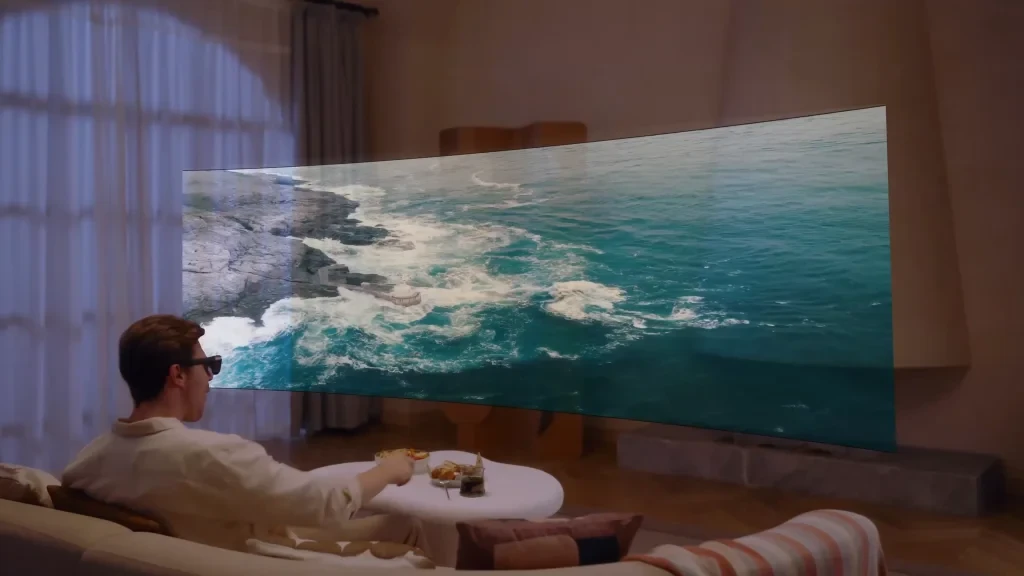
Even in 0DoF mode, the display can follow head movements in real-time. XREAL One supports a gimbal mode for smoother image movement, reducing minor body and environmental shakes, making it suitable for use in vehicles and lowering the risk of motion sickness.

XREAL One also allows users to freely adjust the screen size (117-367 inches), distance (4-10 meters), and position. Users can minimize the screen to one side of their view, enabling them to watch virtual content while continuing their tasks.
Additionally, the X1 technology reduces motion-to-image latency to 3 milliseconds, an 85% reduction compared to the XREAL Beam accessory, further minimizing motion sickness issues for users.
In terms of field of view, the standard version of XREAL One supports a 50° field of view, while the Pro version supports a 57° field of view. Both glasses offer a resolution of 1080P, with a refresh rate of 90Hz, and support up to 120Hz.
Alongside XREAL One, the XREAL Eye extension lens was launched, featuring 12-megapixel resolution and supporting 1080P 30/60 fps video recording. It can be mounted on XREAL One glasses to capture first-person perspective images and videos.
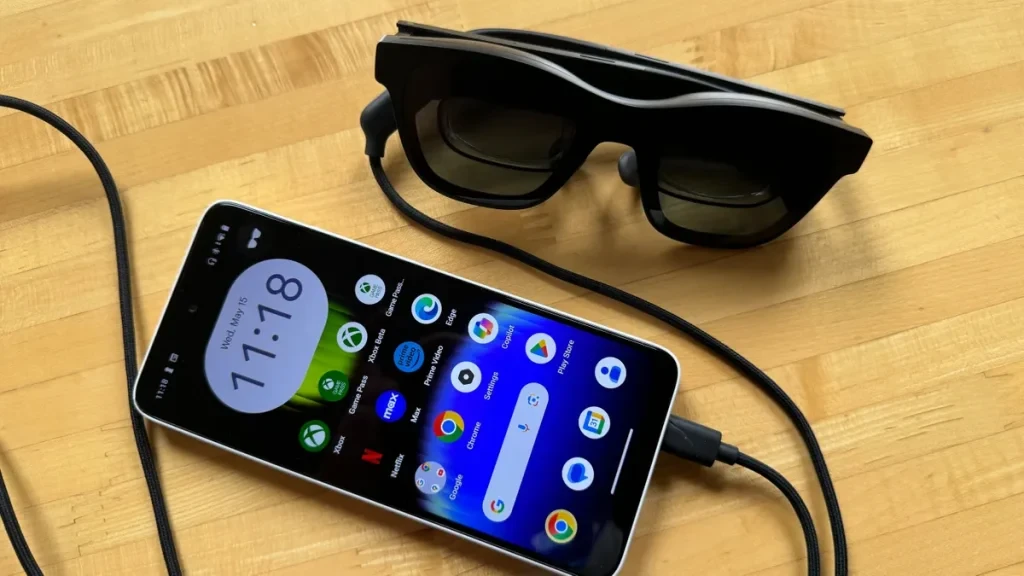
XREAL’s collaboration with renowned audio brand Bose continues with XREAL One, supporting spatial audio recording. It can work with the XREAL Eye extension camera to record spatial video and audio. The glasses also feature voice noise reduction, enhancing the wearer’s voice in noisy environments.
In terms of pricing, XREAL One is priced at approximately $451, while the price for XREAL One Pro has not been announced yet.
Positive Media Reviews
Some international media have had early access to XREAL One and shared their initial impressions.
Alex Heath, an editor at “The Verge,” wore XREAL One to watch the movie “Rebel Ridge” during a flight. He noted that the 50-degree field of view and 1080P resolution provided him with a “quite immersive” viewing experience. He also pointed out that the XREAL One doesn’t perform well when displaying dark content, with a high degree of pixelation. While this doesn’t significantly affect most content, it’s best not to use the XREAL One to watch movies with predominantly dark tones, like “The Dark Knight.”
Regarding audio capabilities, Heath believes the XREAL One sounds much better than the Meta Ray-Ban glasses.
Tom’s Guide editor Scott Younker used the XREAL One to connect to a Steam Deck handheld for gaming and found the latency between the glasses and the device to be very low.

Younker also compared the XREAL Air 2, which has a motion delay of 20ms, and clearly felt that the 3ms delay of the XREAL One provided a more comfortable experience.
CNET editor Scott Stein stated that the widescreen mode is “very good,” offering a great multitasking experience when paired with a computer, and works well with a MacBook, even making him consider replacing his Apple Vision Pro.
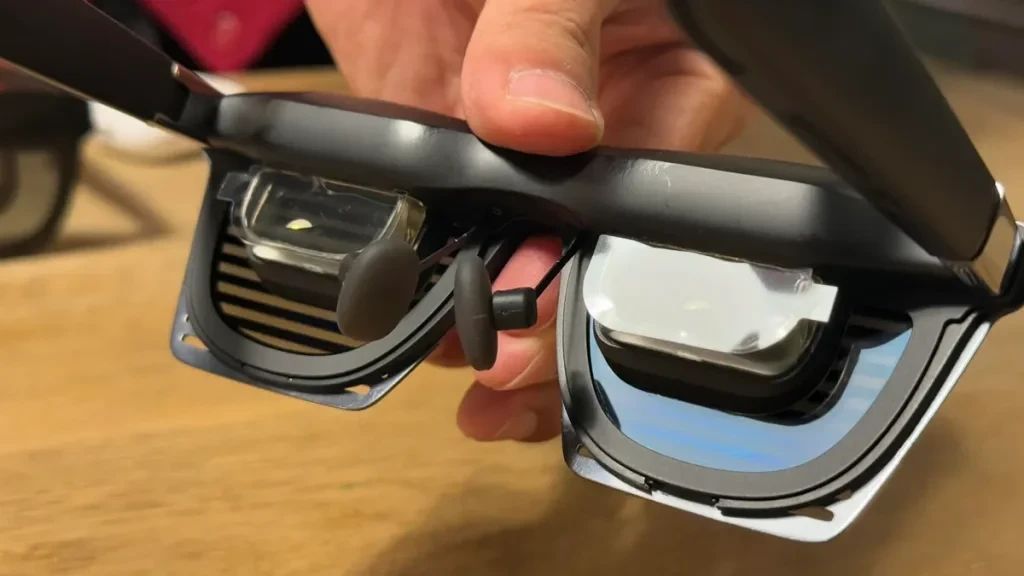
The aforementioned media outlets all mentioned more feature-rich and better display mixed reality headsets like Vision Pro and Meta Quest, but these devices are more expensive and bulkier. Although XREAL One glasses are essentially just “screen projectors” that display content from phones, computers, and other devices, they are at least “very useful” and meet their expectations well.
In fact, XREAL previously launched a more independent AR glasses prototype called “Nreal Light,” but it felt more like a semi-finished product. Subsequently, XREAL focused on launching AR screen projection glasses that cannot display images independently and need to be connected to phones, computers, and computing modules via a data cable.
However, XREAL has never given up on the vision of fully smart glasses, and the self-developed X1 chip is a very solid step forward. XREAL founder Xu Chi stated in an interview with CNET:
“In the future, there will be more computing on glasses. Now it’s 3DoF, but it will be 6DoF and gesture control, and even some AI functions will run on the chip. Ultimately, we can completely cut this connection cable.”
Many media predict that the industry will see a “battle of a hundred glasses” in 2025, with many new smart glasses hitting the market. With its self-developed chip, XREAL undoubtedly has a unique advantage.
Source from ifanr
Disclaimer: The information set forth above is provided by ifanr.com, independently of Alibaba.com. Alibaba.com makes no representation and warranties as to the quality and reliability of the seller and products. Alibaba.com expressly disclaims any liability for breaches pertaining to the copyright of content.



